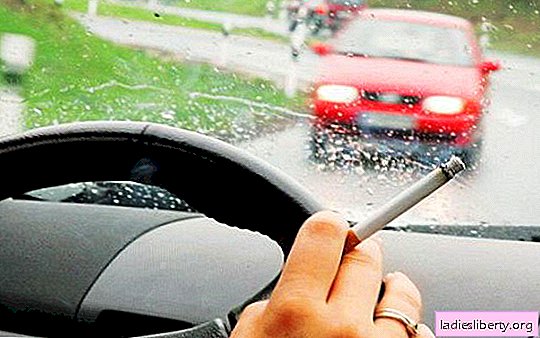
Smoking in cars raises the level of hazardous finely dispersed pollutants, which is many times higher than the limit standards recommended by healthcare institutions around the world.
In the UK, doctors using an electronic monitor mounted in the back seat measured the concentration of fine particles in 17 cars for three days during the trip, 14 of which belonged to smokers. Volunteers were asked not to change their usual habits.
How dangerous can smoking in a car be? Judge for yourself. During smoking, the concentration of fine particles averaged 85 micrograms per cubic meter. For comparison, the maximum allowable level established by the UN World Health Organization (WHO) for premises is 25 micrograms per cubic meter.
Even when the driver opened the window or turned on the ventilation to remove smoke from the passenger compartment, the particle level during the trip was still above the limit recommended by WHO.
The average peak value during such a trip was 385 micrograms per cubic meter, and the highest reading exceeded 880 micrograms per cubic meter.
These tiny particles (less than 2.5 micrometers in diameter) are considered dangerous because they penetrate deep into the lungs, causing irritation.
“Children who are exposed to these small particles are in poor health, which is probably the result of such exposure,” the study said. “A growing number of countries are legally banning smoking in cars, and such measures are entirely appropriate to prevent the effects of these high levels of second-hand smoke on children.”











